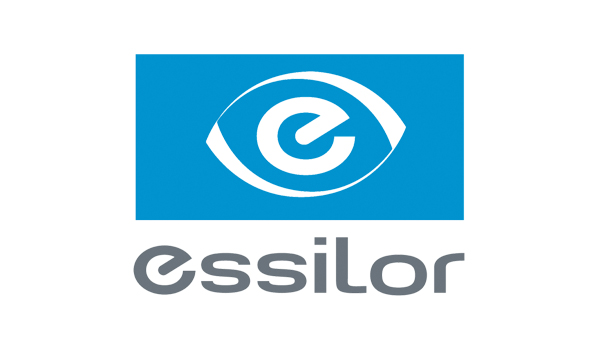Shettle Family Eye Care & Eye Wear uses the highest quality ophthalmic lenses and treatments. Your eyeglass lenses are the most important selections you will make when purchasing eyewear. That’s why our knowledgeable optical team will make sure that your lenses are fabricated exactly as Dr. Scott Shettle has prescribed.
Anti-Glare Lens Treatment: The single most important addition to your eyewear is an Anti-Glare Lens Treatment. First developed to improve the performance of telescopes, microscopes and camera lenses, Anti-Glare treatments vastly improve the quality of your vision by reducing unwanted reflections from the lens surfaces. Anti-Glare Treatments make your lenses appear almost invisible, reduce eye fatigue from glare and reduce haloes around lights.
Polycarbonate: Developed during the space race in the 1960′s and introduced to the ophthalmic lens market in the late 1970′s, polycarbonate has been available as a thinner and lighter choice in lens material for over 30 years.
High Index & Aspheric Designs: If you require a stronger prescription, advances in lens materials and designs can make your eyewear far better than ever before. There are several High Index materials and aspheric lens designs that are ideal for those individuals with higher power prescriptions needs. Proper choice of the combination of material and design will help to minimize the thickness and weight of your lenses, help eliminate unwanted magnification and reduce distortion of the appearance of your eyes and face as seen by others.
Transition lenses: For those who want the convenience of a “2 in 1” lens. These lenses turn dark outside with exposure to light to provide sun protection and change back to clear once inside!
Bifocal Lenses: For many people, different lenses are needed for seeing at different distances. Bifocal lenses allow the wearer to look through two areas of the lens. One area focuses on distant objects. The other is used for reading.
Trifocal Lenses: Bifocals allow the wearer to read through one area of the lens, and to focus on distant objects through another area of the lens. As the eyes age, though, a stronger prescription is needed to read. This would be fine, but the stronger prescription that allows for reading makes it difficult to focus on objects at intermediate distances, thus, trifocals are necessary for a third prescription for intermediate focusing.
Progressive lenses: For people who need a bifocal but do not want a visible line. These lenses give you a range of prescriptions to smooth your transition from distance to near. The biggest functional benefit of progressives is the ability to have distance, intermediate (computer), and near vision all in one pair of glasses.
Polarized sunglass lenses: Used to decrease surface glare from the sun, water and driving to create clearer vision for joggers, skiers, golfers, bikers and even people who may be sensitive to the sun or for post cataract patients.
Scratch Resistant Coating: If you have hard resin lenses, you should consider getting a scratch resistant coating. Resins and plastics are more susceptible to scratches than glass. Scratches damage the cosmetic look of the lenses as well as their performance. With a scratch resistant coating, you don’t have to worry so much about minor scratches on your lenses.
Shettle Family Eye Care & Eye Wear Recommended Lenses:
- Essilor Brand Lenses—the world leader in quality eyewear optics.
- Varilux Brand Progressive Lenses—the original and leading progressive lenses for over 30 years.
VARILUX – Physio Lenses
- Transitions Lenses—lenses that automatically adjust the level of tinting to ambient light conditions.
- Crizal Lens Treatment—the industry’s most technologically advanced non-glare and scratch resistant treatment, second to none in durability and reliability. No flaking or delaminating commonly found in inferior products—guaranteed.
CRIZAL Lens Treatment
For your convenience, feel free to review our interactive eyeglass guide, brought to you by Transitions Optical which includes information about the advancements of the new ophthalmic lens materials and treatments available.




